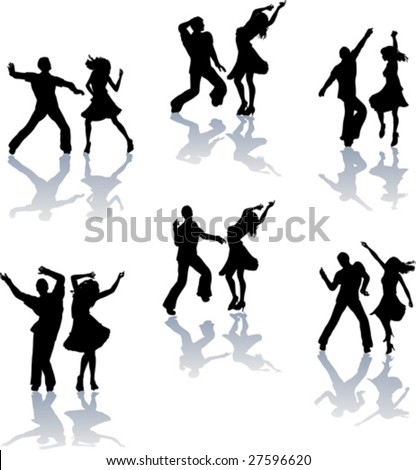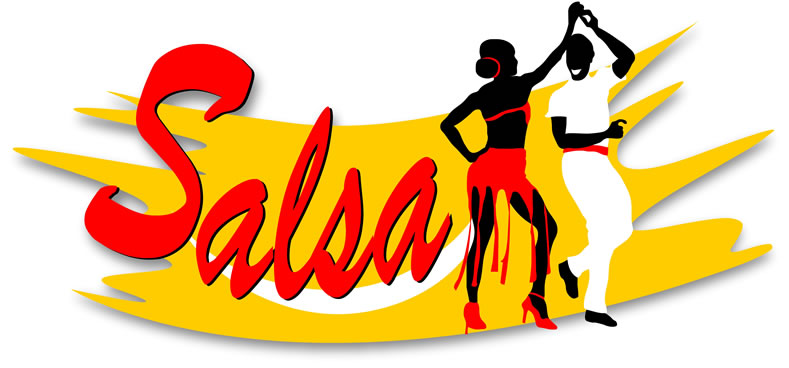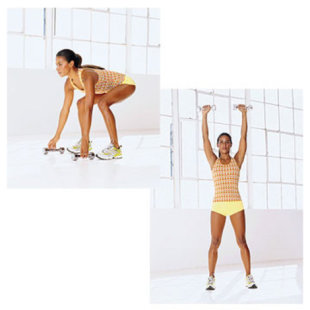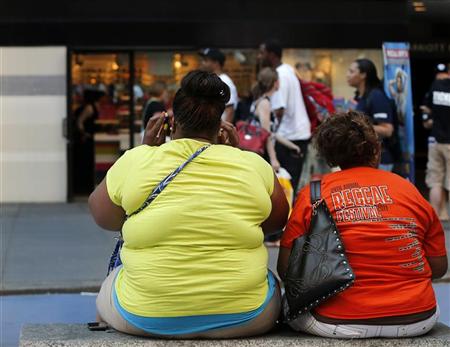How to Dance Salsa

Man's Basic Steps
- Step forward with your left foot. Your weight should now be on your left, and you should be able to take your right foot off the ground (but don't). It may be easier in the beginning to use larger steps, but your movements will be much faster and neater with a smaller step.
- Shift your weight back from your left foot to your right, leaving your feet where they are. Your right foot should now be holding all your weight.
- Step or slide your left foot back to bring it next to or slightly behind your right foot. Your weight should be evenly spread over both feet.
- Do not take any steps on the next beat. It can be used to gradually move your weight to your left foot in time for the next beat.
- Repeat step one, but backwards. Bring your right foot backwards with so your left foot is taking none of your weight.
- Step in place with your left foot without moving either of your feet. Your left foot will now be carrying all your weight.
- Step or slide your right foot up to meet or slightly pass your left, balancing on both your feet equally.
- As with beat 4, do nothing on the next beat, except you may take the weight off your left foot in preparation of your next step.
- Repeat these steps to the music

Lady's Steps
- Step backwards with your right foot.
- Step in place with your left.
- Bring your right foot up to meet or slightly pass your left.
- Do not take steps on this beat. You may want to use it to shift your weight across.
- Step forwards with your left foot.
- Step in place with your right.
- Bring back your left foot next to or partly behind your right
- Prepare to repeat.




























